
Finally, we got away from Santander. We had beautiful weather but unfortunately too little wind and a very bumpy sea and had to go by motor a lot. The plan was to anchor at some river mouth or sheltered beach on the way west but all the places we had planned for, turned out not to offer enough protection from the waves. We had to rethink and instead prepared to sail also at night. Later in the evening we suddenly saw fishes jump and splash around the boat. The fishing line was picked up with a terrible speed when we saw that there were smaller tunas that jumped like popping popcorn. At the same time, we began to discuss whether it was those jumping tunas that were chasing smaller fish or whether it was some larger predator/fish that was chasing the tuna. In that case, the small mackerel fishing-line we had with us would not have been sufficient. Regardless, we didn't catch any fish, and maybe that was for the best.
A little further west in the Bay of Biscay, we saw on the plotter that the AIS signals from several trawlers gathered at a place where the depth curves were close. Probably we were approaching a good place for fishing. Our experience in previous encounters with fishing trawlers was not entirely positive, so we kept our distance. Then we hear on the VHF how the captains of the boats start calling each other. The tone becomes more heated and finally we hear the profanities hailing. The fact that they were using the "general" channel 16 which is for general and emergency calls didn't seem to bother them at all. Of course, we didn't understand everything, but enough to realize that there were really upset feelings. And on the plotter, we could also see how close the boats were to each other. Whether it was a problem between boats in the same fishing fleet or problems between rival boats, we do not know. It is also the case that radio communication at sea is in confidential unless it concerns general calls, emergency calls etc. and there is a duty of confidentiality so we will leave it at that... 😊
During the next night, when Christer was on his watch, the propeller started sounding strangely and he immediately put the engine in neutral. I (Malin) got out of the berth, woken up by the sounds. It was pitch black and it was not possible to see what happened when we shined with the flashlight, but we suspected that something got tangled in the propeller. Here, various doomsday scenarios immediately began to play out in my head. Besides the option of jumping into the water to try and untangle something from the propeller in the middle of the night, in high waves (which of course would have been idiotic) I also wondered if our little outboard engine for the dinghy could propel Anastacia forward. In the end, I started formulating an emergency call for myself in case we needed to ask for help via the radio as we couldn't make any speed in the water and just drifted... Christer, however, kept calm. After trying a few short attempts at pushing forward and finally a few revolutions on the reverse, suddenly the propeller was working fine again. As we shone in the water, we saw a rope slowly floating away behind the boat. It was probably parts of it that got stuck in the propeller but then came loose. We were deeply grateful that we had fitted a rope-cutter next to the propeller blades before we left Sweden. It had cut the rope and saved the propeller from getting tangled!
After 2 ½ days of sailing/motoring we reached the end of Biscay and La Coruña. Here we anchored at a sheltered sandy beach and, tired as we were, we slept for 15 hours (!). A little longer than we had planned... The next morning, we dived under the boat to check that the propeller and rope-cutter looked intact. Then we went into port where we met Claes Broberg on S/Y Zarah. There was nice blue water sailing-talk, exchange of experiences and discussions about how best to avoid the killer whales (Orca Ibérica) currently in Gibraltar and which now also move around the coasts of Spain and Portugal.
La Coruña (A Coruña in Galician) is sometimes also called the city of glass, with an unusual number of buildings with glass facades. It really sparkles and shines in the sun! We came at the end of July and stayed for 6 days and managed to see a lot of the city and its attractions. We visited, among other things, Casa de la Sciencias– house of science. Here you can investigate various physical phenomena such as Foucault's pendulum where you can perceive the rotation of the earth. We were also blown away by stunning images of galaxies, taken with the new James Webb Telescope. In short, we had fun and behaved as amazed as the different groups of children who also visited the museum... We also had time to walk the mile-long beach walk around the city with various sculptures and art arrangements along the way where you can also visit the mighty "Tower of Hercules" - the oldest lighthouse in the world, built by the Romans, still in operation and of course also world heritage. Here you will also find Domus, an interactive science museum and the first in the world dedicated to the study of man. We were also (again) lucky enough to arrive just as the city's month-long celebration of heroine Maria Pita began with performances, markets and activities throughout the city, every night! Among other things, we ended up in the middle of a concert with the artist Mika, who took the audience by storm from the stage in the large Maria Pita square.
~~~~
Till slut kom vi iväg från Santander. Vi hade vackert väder men tyvärr för lite vind och väldigt gropig sjö och fick gå på motor en hel del. Planen var att ankra vid någon flodmynning eller skyddad strand på väg västerut men alla ställen vi hade planerat för, visade sig inte ge tillräckligt skydd mot vågorna. Vi fick tänka om och förberedde oss istället på att segla även nattetid. Senare på kvällen ser vi plötsligt hur det hoppar och skvätter runt båten. Dörjen åkte upp med en faslig fart när vi såg att det var mindre tonfiskar som hoppade som poppande popcorn. Samtidigt började vi dividera om det var dessa hoppande tonfiskar som jagade mindre fiskar eller om det var något större rovdjur/-fisk som jagade tonfisken. Den lilla makrilldörj vi hade med oss hade i så fall inte räckt särskilt långt. Något napp fick vi oavsett inte, och tur var kanske det.
Lite längre västerut i Biscayabukten såg vi på plottern AIS-signalerna från flera trålare samlas vid en plats där djupkurvorna låg tätt. Troligen närmade vi oss ett bra ställe för fiske. Vår erfarenhet vid tidigare möten med fisketrålare var inte odelat positiv så vi höll behörigt avstånd. Då hör vi på VHF:en hur kaptenerna på båtarna börjar anropa varandra. Tonen blir hetsigare och till slut hör vi svordomarna hagla. Att de använde den ”allmänna” kanal 16 som är till för generella anrop och nödanrop verkade inte bekomma dem alls. Vi förstod såklart inte allt men tillräckligt för att inse att det var rejält upprörda känslor. Och på plottern kunde vi också se hur nära båtarna var varandra. Om det rörde sig om problem mellan båtar i samma fiskeflotta eller upprördhet mellan rivaliserande båtar vet vi dock inte. Nu är det ju också så att radiokommunikationen till sjöss i princip är konfidentiell om det inte gäller generella anrop, nödanrop etc. och det råder tystnadsplikt så vi lämnar det därhän… 😊
Under nästa natt, när Christer hade vakt, började propellern låta märkligt ansträngt och han slog genast på neutralläget på motorn. Jag (Malin) for upp ur kojen väckt av ljuden. Det var becksvart och det gick inte att se vad som hänt när vi lyste med ficklampan men vår misstanke var att något trasslat in sig i propellern. Här började genast olika undergångsscenarios utspelas i mitt huvud. Förutom alternativet att hoppa i vattnet för att försöka trassla ur något från propellern mitt i natten, i höga vågor (vilket naturligtvis hade varit idiotiskt) funderade jag också på om vår lilla utombordare till gummibåten kunde driva Anastacia framåt. Till slut började jag formulera ett nödanrop för mig själv ifall vi behövde be om hjälp via radion då vi inte kunde göra någon fart i vattnet och bara drev… Christer höll sig dock kolugn. Efter att ha provat några korta försök med att driva framåt och till slut några varv på backslaget så gick plötsligt propellern bra igen. När vi lyste i vattnet såg vi ett rep sakta flyta iväg bakom båten. Det var troligen delar av det, som fastnat i propellern men sedan lossnat. Vi var innerligt tacksamma för att vi kostat på båten och monterat en s k rope-cutter vid propellerbladen innan vi gav oss iväg från Sverige. Den hade kapat tampen och räddat propellern från att trassla in sig!
Efter 2 ½ dygns segling/motorgång kom vi till slutet av Biscaya och nådde La Coruña. Här ankrade vi vid en skyddad sandstrand och, trötta som vi var, sov vi i 15 timmar (!). Lite längre än vi hade tänkt oss… Morgonen efter dök vi ner, under båten, för att kontrollerad att propeller och rope-cutter såg intakta ut. Därefter gick vi in i hamn där vi bl a träffade på Claes Broberg på S/Y Zarah. Det blev trevligt långseglarsnack, utbyte av erfarenheter och diskussioner om hur man bäst undviker späckhuggarna (Orca Ibérica) utanför Gibraltar och som nu även rör sig runt Spaniens och Portugals kuster.
La Coruña (A Coruña på Galiciska) kallas ibland också för glasstaden, med ovanligt många byggnader med glasfasader. Det verkligen glittrar och glänser i solen! Vi kom i slutet av juli och stannade i 6 dygn och hann se en hel del av staden och dess sevärdheter. Vi besökte bl a Casa de la Sciencias – house of science. Här kan man undersökte olika fysikaliska fenomen som exempelvis Foucaults pendel där man kan uppfatta jordens rotation. Vi förbluffades också över fantastiska bilder av galaxer, tagna med den nya James Webb-teleskopet. Kort sagt, vi hade kul och betedde oss lika förundrat som de olika barngrupperna som också besökte muséet… Vi hann också promenera den milslånga strandpromenaden runt staden med olika skulpturer och konstarrangemang längs vägen där man även kan besöka den mäktiga ”Tower of Hercules” - den äldsta fyren i världen, byggd av romarna, fortfarande i drift och såklart också världsarv. Här hittar man också Domus, ett interaktivt vetenskapsmuseum och det första i världen som är tillägnat studier av människan. Vi hade också (återigen) turen att komma precis då stadens månadslånga firande av hjältinnan Maria Pita började med uppträdanden, marknader och aktiviteter i hela staden, varje kväll! Bl a hamnade vi mitt i en konsert med artisten Mika som tog publiken med storm från scenen på det stora Maria Pita-torget.
The city of glass. Some sculptures and monuments
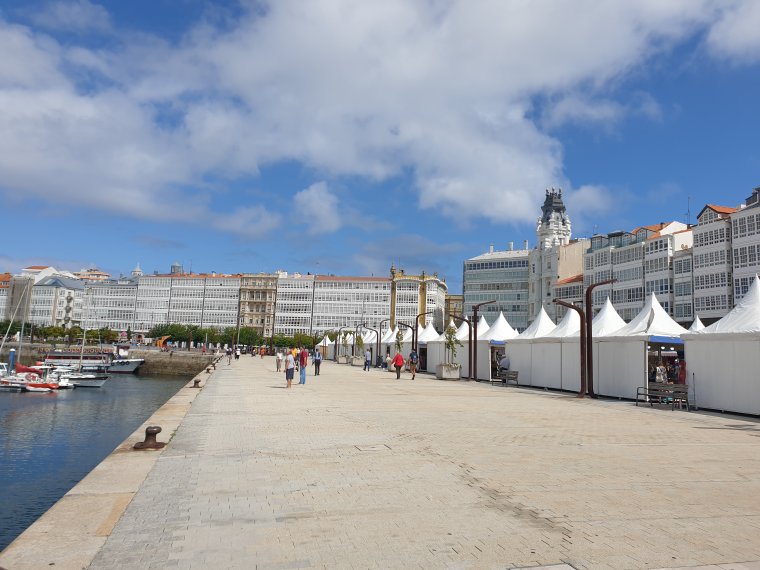
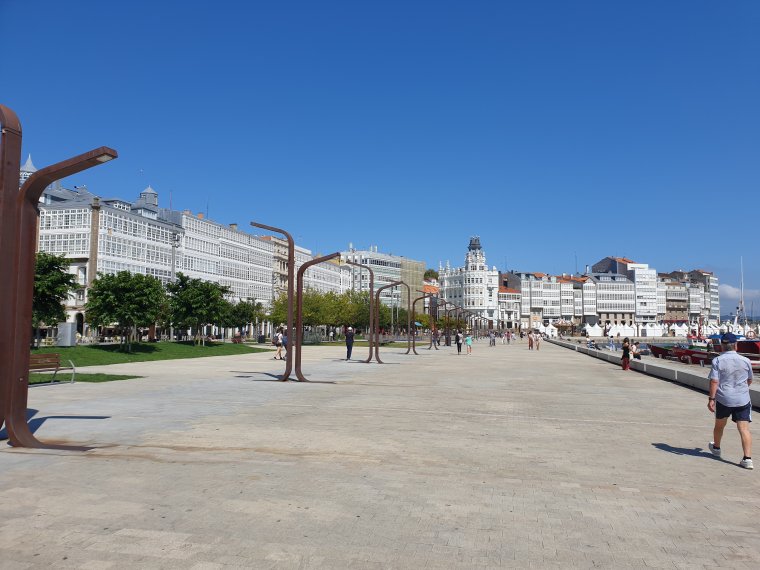
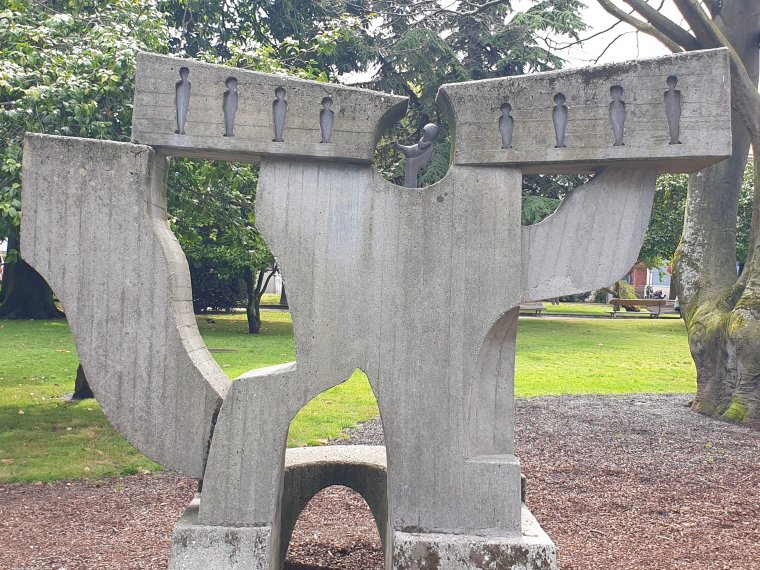
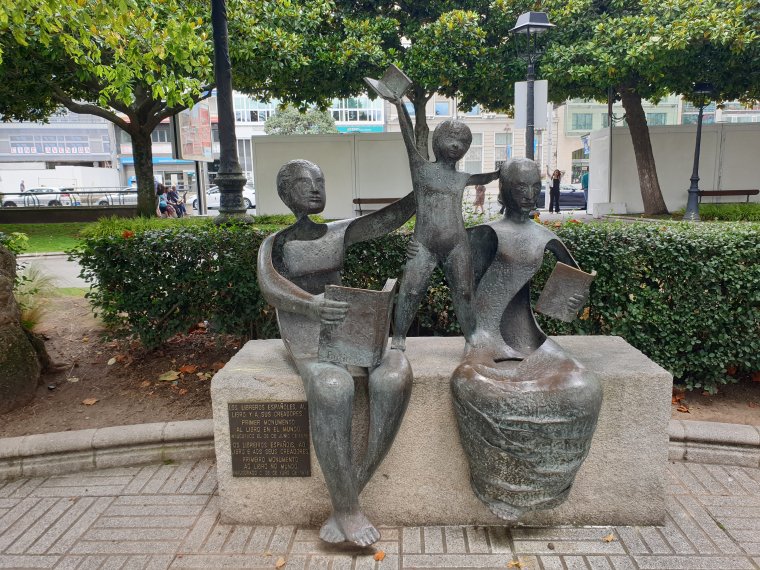
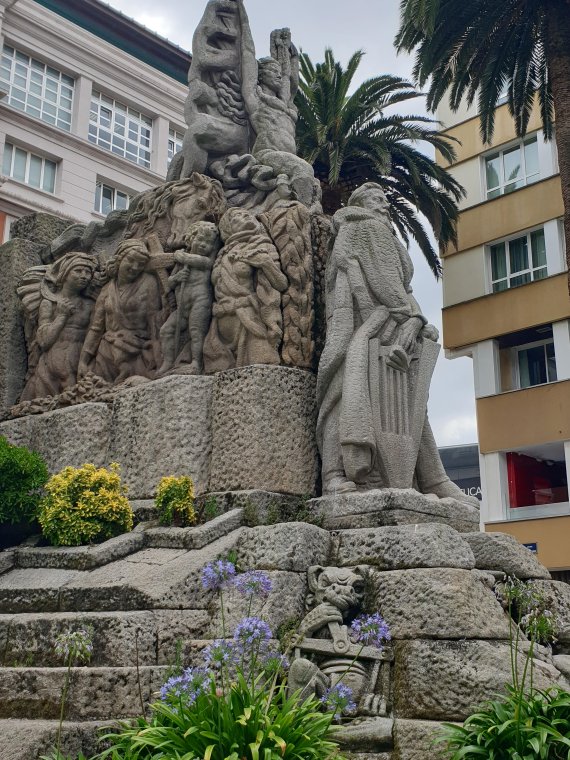
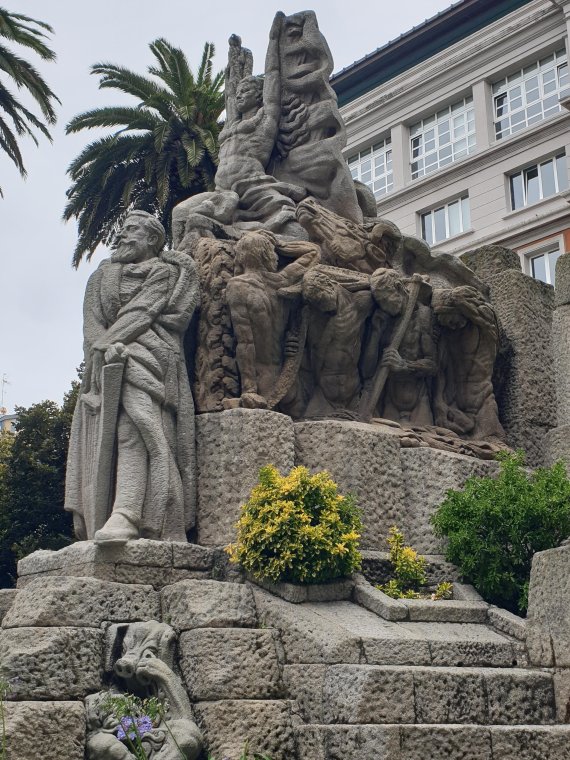
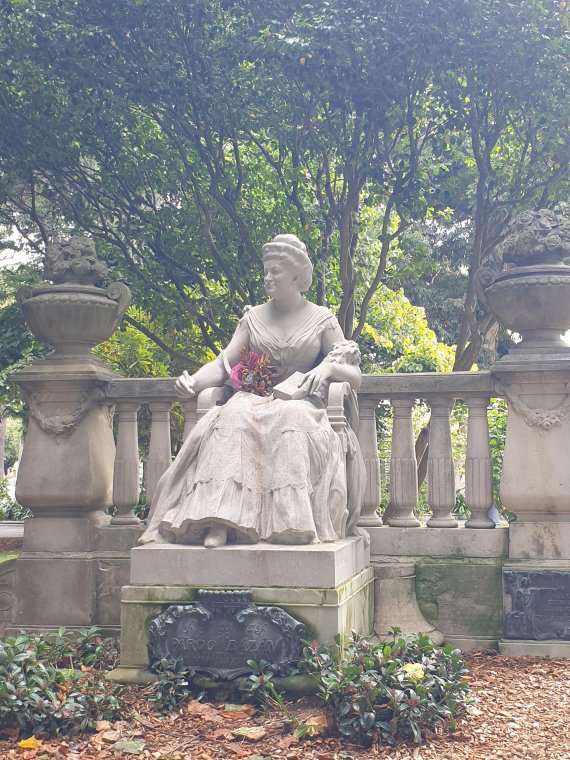
Towns square with "Maria Pita" and the town hall
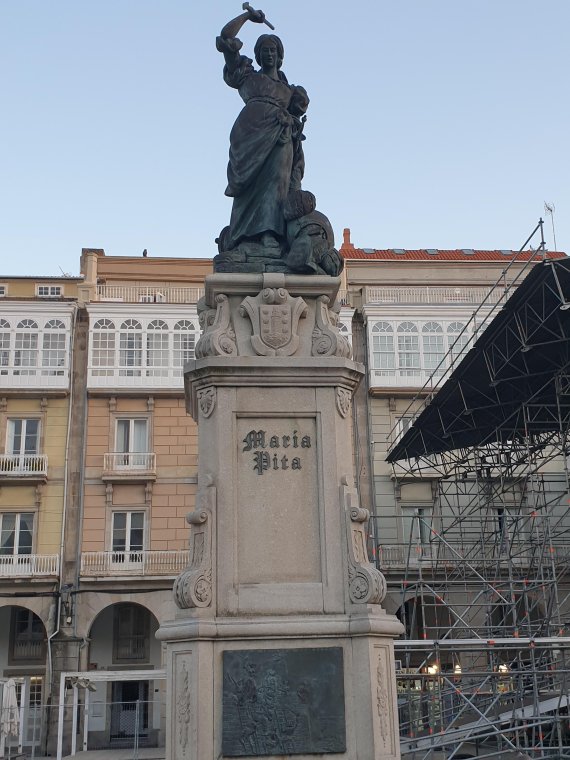

Casa de la Sciencias
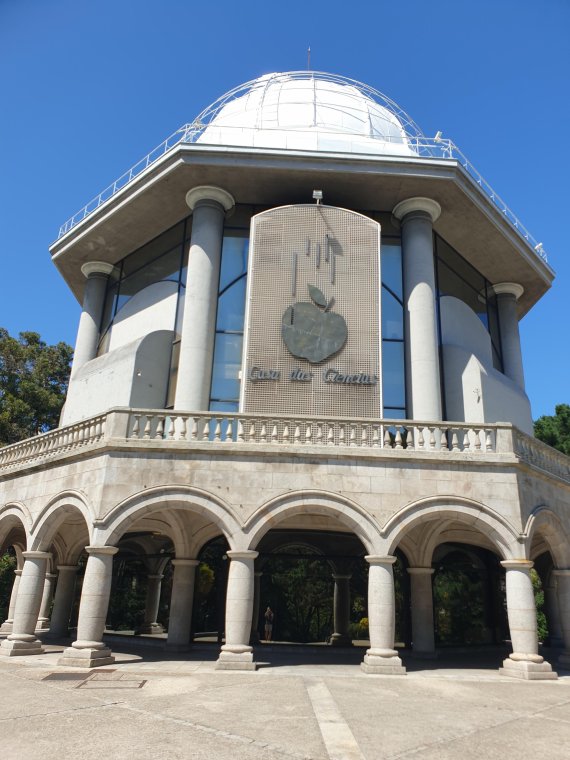
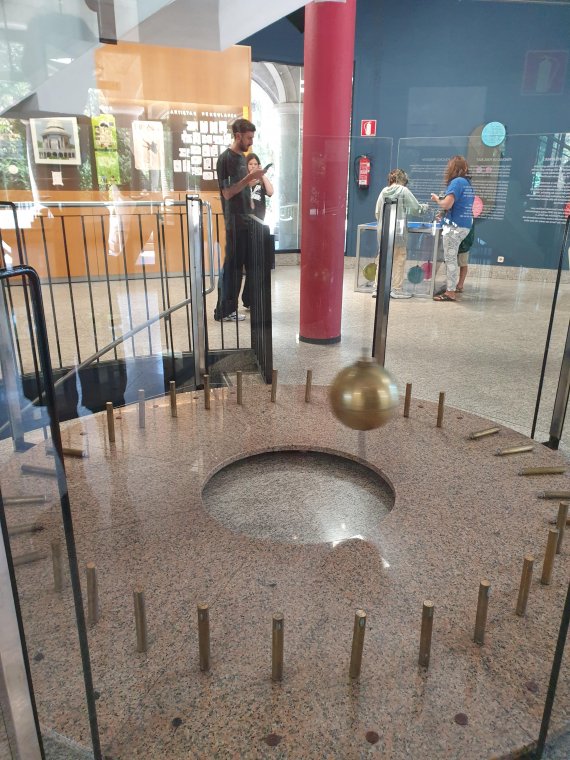
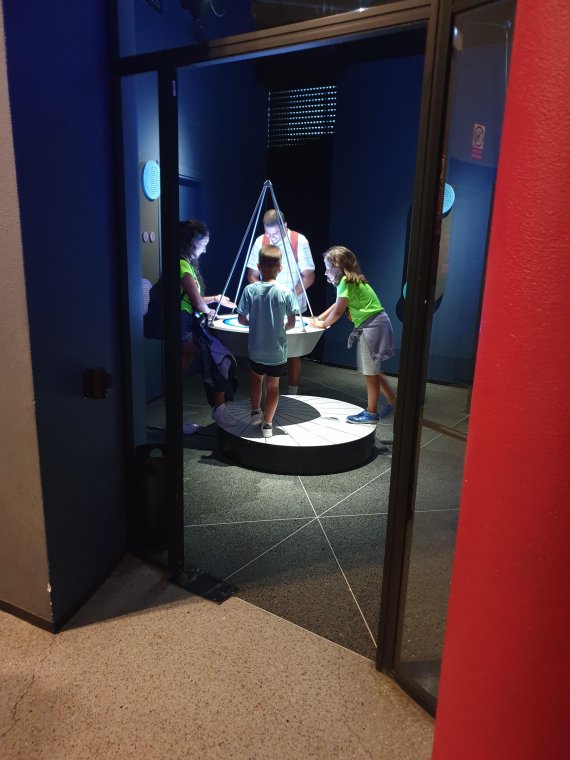
The beach walk and Tower of Hercules
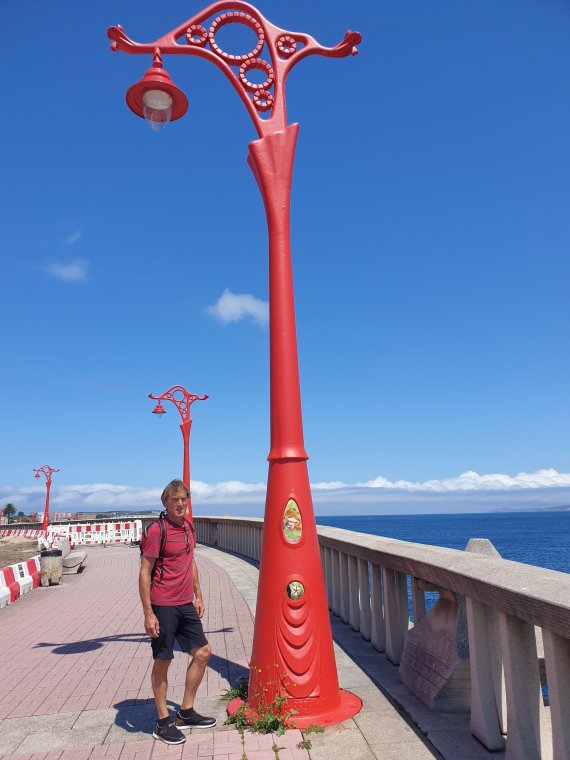
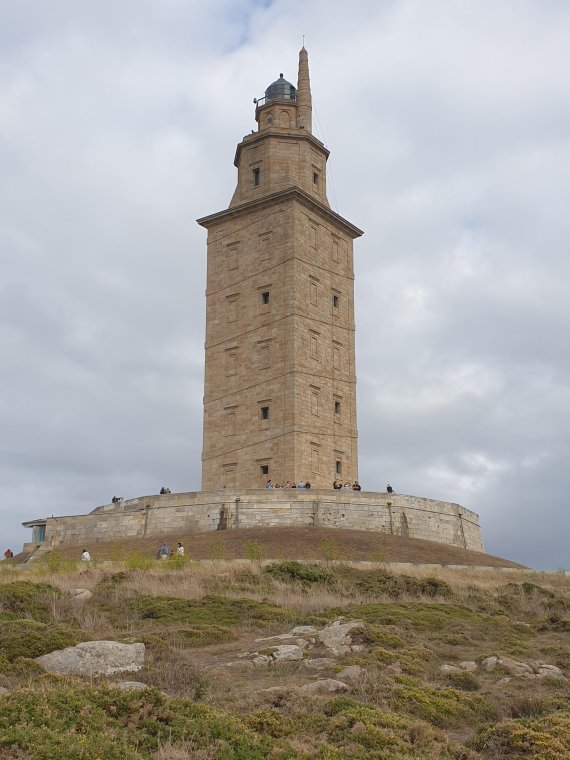
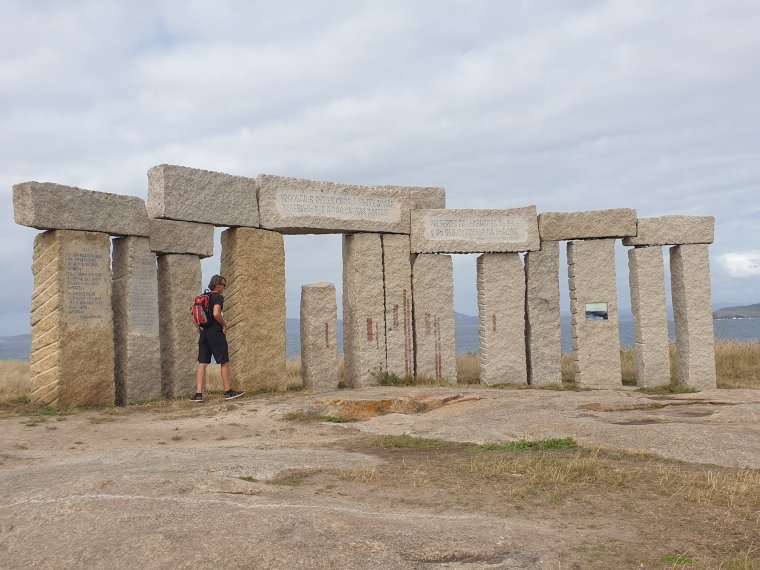
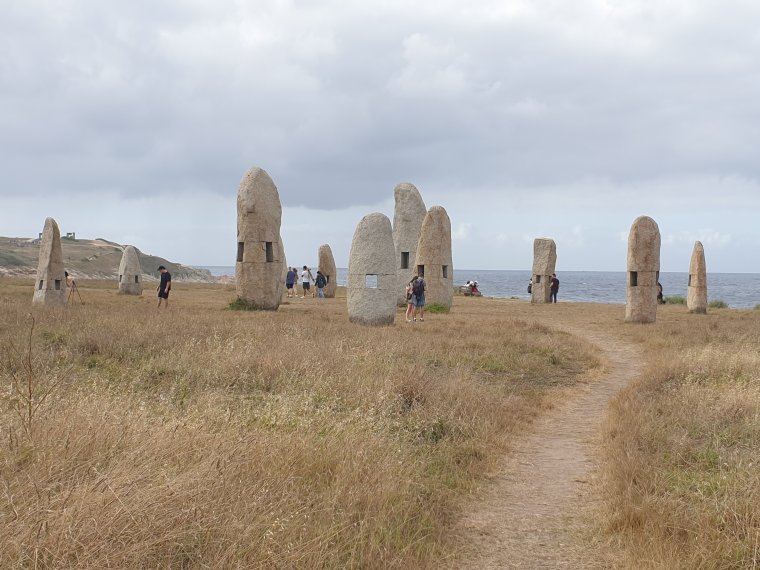
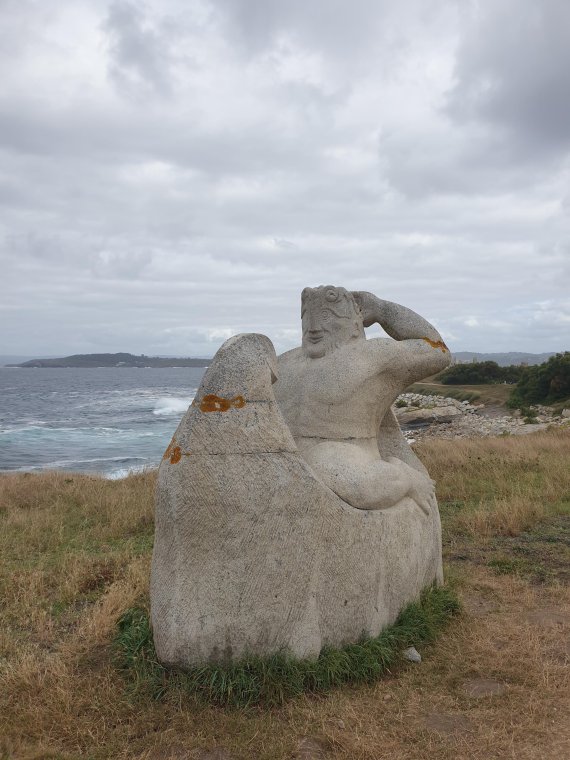
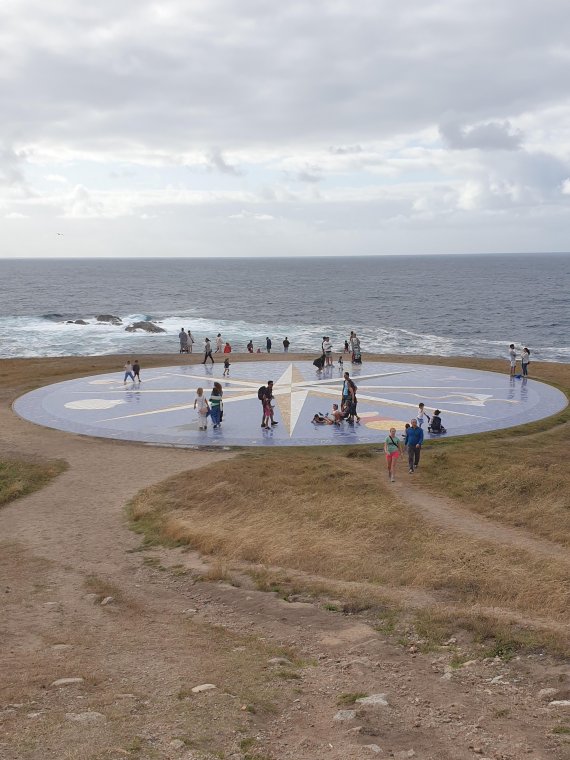
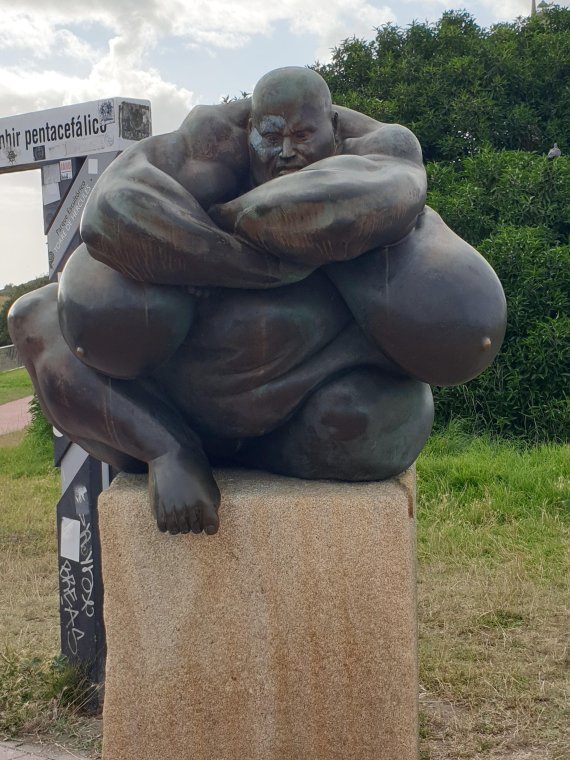
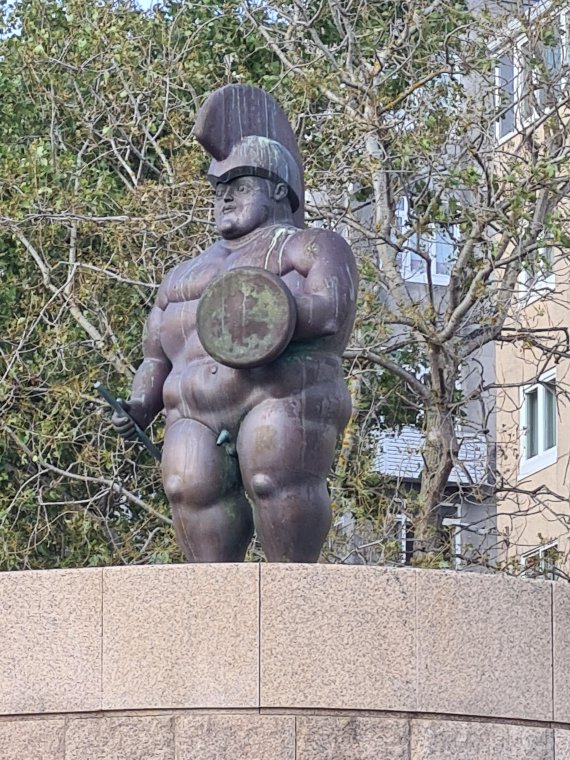
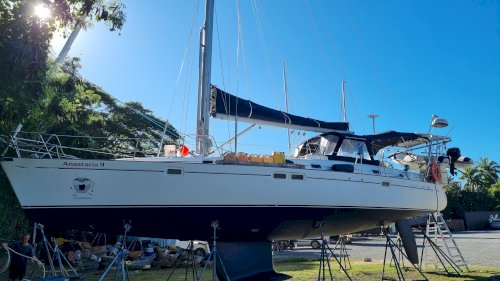
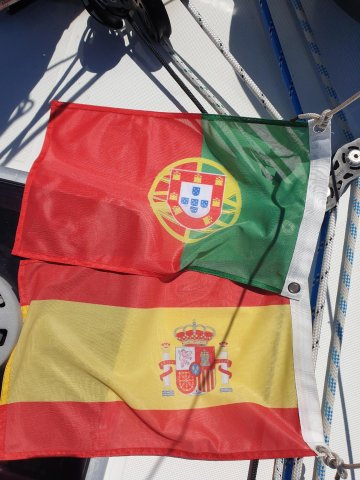
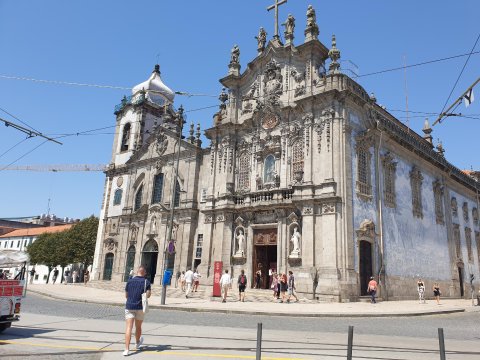
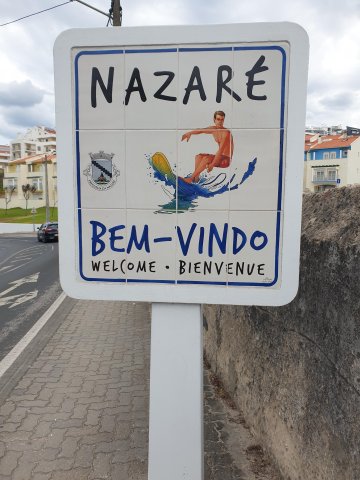
















1 Commentaire(s)
👍👍⛵️Skönt att slippa bada på natten, man behöver ju lite tur ibland, ha det riktigt gött på Er Alla hälsar så gott till Er.👍
08 August 2023 Answer